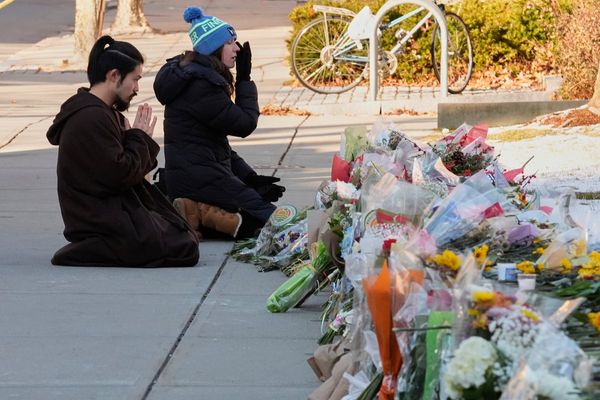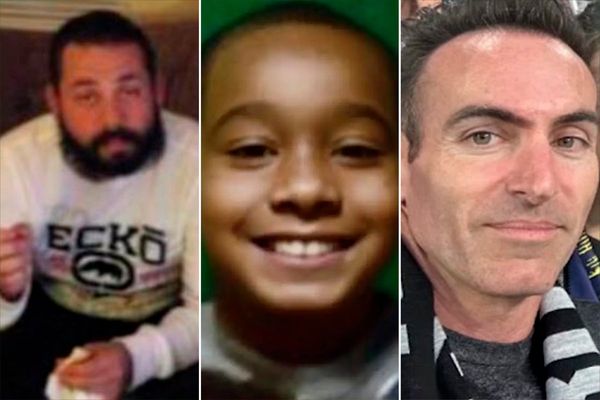
With every spike in India-Pakistan tensions, it’s the population along the Line of Control that suffers most. In the most recent flare-up, at least 16 civilians were killed by Pakistani shelling in Jammu and Kashmir, with the highest toll in Poonch district. Several villages in Rajouri and Poonch also came under fire.
Because of this constant threat, villagers living near the LoC have long demanded that the government provide bunkers so they can protect themselves and their families. Taking note of this, in 2018, the central government allocated Rs 415 crore to build 14,460 bunkers in Jammu and Kashmir. These included both individual bunkers (meant for families, built near homes) and community bunkers (meant for shared use by entire villages).
To assess how much of this plan has actually been implemented, we visited four villages near the LoC – Mandhar in Poonch, and Lam, Pukharni, and Ladoka in Rajouri. What we found was that none of these villages had enough bunkers to meet the needs of their population.
Saeed Ahmad Habib, the former sarpanch of Mandhar, told us, “Our village has a population of about 4,500, but there are only 45 bunkers – 36 individual and nine community bunkers. That means there is just one bunker for every 100 people. Individual bunkers can only accommodate one family, and each community bunker has a capacity of 30 to 40 people.”
Jameel Ahmad, a resident of Mandhar, said, “We’re not asking the government for much – just build us proper bunkers so we can live safely.”
Faiz Akbar Rathore, the village watchman, said, “We have seven to eight schools in our panchayat, but not a single one has a bunker nearby. Even during ceasefires, parents are scared to send their children to school because shelling can start at any moment.”
The situation is similar in the Rajouri villages of Lam, Pukharni, and Ladoka. Shaukat Mahmood, the sarpanch of Pukharni, told us, “Our panchayat has 507 houses, but only 283 bunkers have been built so far. We still need more than 200.”
Beyond the lack of bunkers, these villages also suffer from poor roads, inadequate health care, and poor access to education. We visited a health centre in Ladoka that, despite being designated as a residential facility, had no doctor present.
Sanjeev Sharma, a local resident, told us, “In the kind of situation we live in, shelling can happen anytime and someone can get seriously injured. But there’s no local health centre where we can get treatment. Sometimes, we try to take the injured to Nowshera town, but they don’t survive the journey because there’s no medical help available locally.”
These are just some of the many issues facing the villages near the border.
Watch.
Newslaundry is a reader-supported, ad-free, independent news outlet based out of New Delhi. Support their journalism, here.







